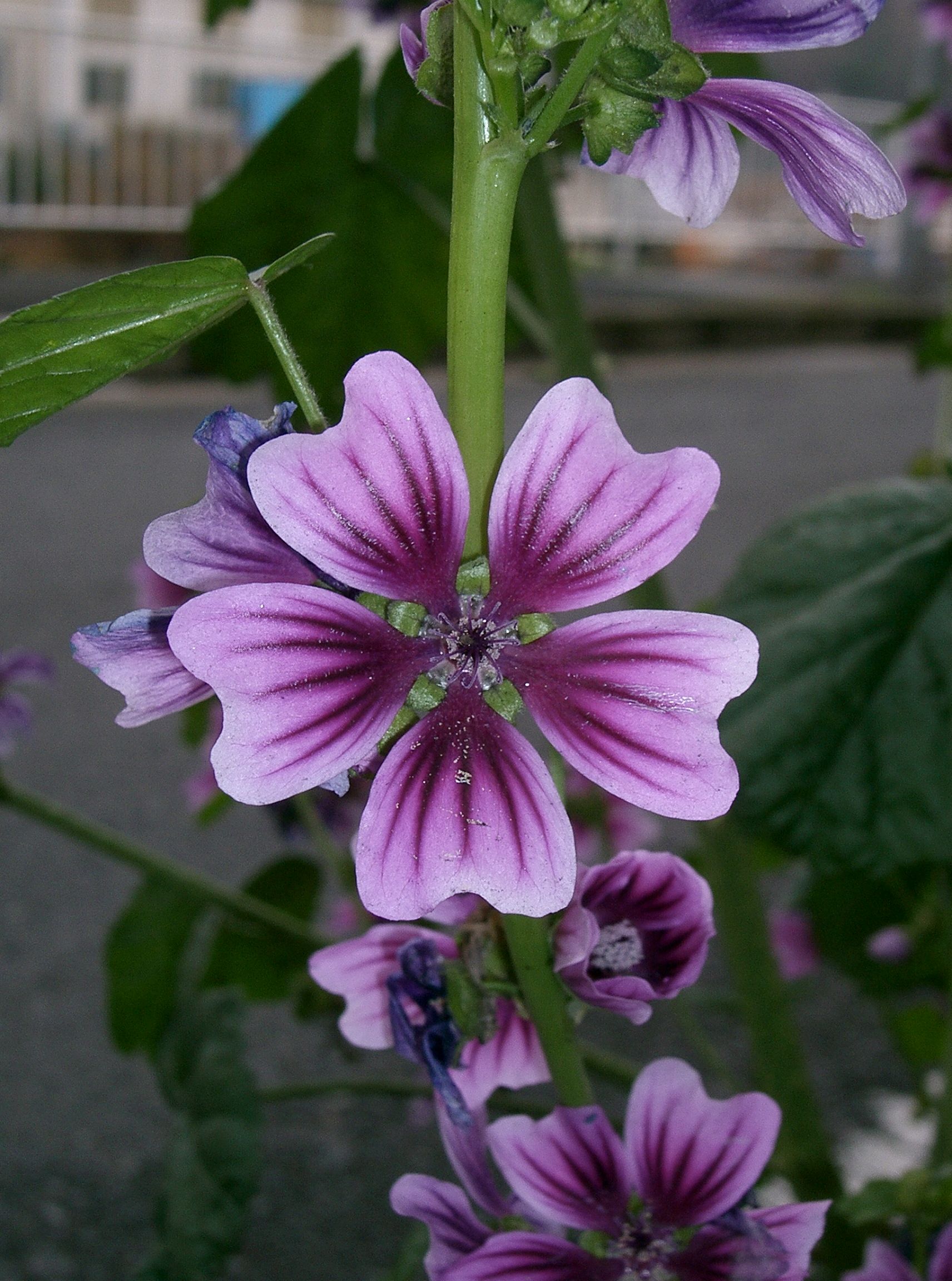|
Phragmotheca
''Phragmotheca'' is a genus of flowering plants in the family Malvaceae. Selected species It contains the following species: * ''Phragmotheca rubriflora ''Phragmotheca rubriflora'' is a species of flowering plant in the family Malvaceae. It is found only in Colombia Colombia (, ; ), officially the Republic of Colombia, is a country in South America with insular regions in North America ...'' References Bombacoideae Malvaceae genera Taxonomy articles created by Polbot {{Bombacoideae-stub ... [...More Info...] [...Related Items...] OR: [Wikipedia] [Google] [Baidu] |
Phragmotheca Rubriflora
''Phragmotheca rubriflora'' is a species of flowering plant in the family Malvaceae. It is found only in Colombia Colombia (, ; ), officially the Republic of Colombia, is a country in South America with insular regions in North America—near Nicaragua's Caribbean coast—as well as in the Pacific Ocean. The Colombian mainland is bordered by the Car .... References Bombacoideae Endemic flora of Colombia Vulnerable flora of South America Taxonomy articles created by Polbot {{Bombacoideae-stub ... [...More Info...] [...Related Items...] OR: [Wikipedia] [Google] [Baidu] |
Bombacoideae
Bombacoideae is a subfamily of the mallow family, Malvaceae. It contains herbaceous and woody plants. Their leaves are alternate, commonly palmately lobed, with small and caducous stipules. The flowers are hermaphroditic and actinomorphic; the calyx has 5 sepals united at the base, which are not accompanied by an epicalyx (involucel). The corolla has 5 free petals and an androecium of numerous stamens, typically with free filaments which are not fused in a staminal tube (column). The pollen is smooth and the ovary superior and pluricarpellate. The fruits are schizocarpous or capsular. Genera Classification Some taxa in this subfamily were previously grouped under the now-obsolete family Bombacaceae, as recent phylogenetic research has shown that Bombacaceae as traditionally circumscribed (including tribe Durioneae) is not a monophyletic group. ''Camptostemon'', ''Lagunaria'', '' Pentaplaris'' and '' Uladendron'' might more appropriately be placed in Malvoideae, as might the tri ... [...More Info...] [...Related Items...] OR: [Wikipedia] [Google] [Baidu] |
José Cuatrecasas
José Cuatrecasas (1903–1996) was a Spanish botany, botanist. He was born on March 19, 1903, in Camprodon, Catalonia, Spain. His research focused on the high-elevation páramo and sub-páramo regions of the Andes Mountains in South America, especially the flowering plant families Asteraceae and Malpighiaceae. He played an important role in the founding of the Organization for Flora Neotropica. In 1997, the Smithsonian Institution established the José Cuatrecasas Botanical Fund to "support significant research projects that emulate the spirit of the research of José Cuatrecasas". The Smithsonian also awards a Cuatrecasas Medal for Excellence in Tropical Botany, José Cuatrecasas Medal for Excellence in Tropical Botany annually. Honors *1950 List of Guggenheim Fellowships awarded in 1950, Guggenheim Fellowship Multiple plant species have been named for him, including ''Narcissus cuatrecasasii '', ''Joseanthus cuatrecasasii'', ''Pradosia cuatrecasasii'', and ''Tessmannianthu ... [...More Info...] [...Related Items...] OR: [Wikipedia] [Google] [Baidu] |
Flowering Plant
Flowering plants are plants that bear flowers and fruits, and form the clade Angiospermae (), commonly called angiosperms. The term "angiosperm" is derived from the Greek words ('container, vessel') and ('seed'), and refers to those plants that produce their seeds enclosed within a fruit. They are by far the most diverse group of land plants with 64 orders, 416 families, approximately 13,000 known genera and 300,000 known species. Angiosperms were formerly called Magnoliophyta (). Like gymnosperms, angiosperms are seed-producing plants. They are distinguished from gymnosperms by characteristics including flowers, endosperm within their seeds, and the production of fruits that contain the seeds. The ancestors of flowering plants diverged from the common ancestor of all living gymnosperms before the end of the Carboniferous, over 300 million years ago. The closest fossil relatives of flowering plants are uncertain and contentious. The earliest angiosperm fossils ar ... [...More Info...] [...Related Items...] OR: [Wikipedia] [Google] [Baidu] |
Malvaceae
Malvaceae, or the mallows, is a family of flowering plants estimated to contain 244 genera with 4225 known species. Well-known members of economic importance include okra, cotton, cacao and durian. There are also some genera containing familiar ornamentals, such as ''Alcea'' (hollyhock), ''Malva'' (mallow), and ''Tilia'' (lime or linden tree). The largest genera in terms of number of species include ''Hibiscus'' (300 species), ''Sterculia'' (250 species), ''Dombeya'' (250 species), '' Pavonia'' (200 species) and '' Sida'' (200 species). Taxonomy and nomenclature The circumscription of the Malvaceae is controversial. The traditional Malvaceae '' sensu stricto'' comprise a very homogeneous and cladistically monophyletic group. Another major circumscription, Malvaceae ''sensu lato'', has been more recently defined on the basis that genetics studies have shown the commonly recognised families Bombacaceae, Tiliaceae, and Sterculiaceae, which have always been considered closely allie ... [...More Info...] [...Related Items...] OR: [Wikipedia] [Google] [Baidu] |
Malvaceae Genera
Malvaceae, or the mallows, is a family of flowering plants estimated to contain 244 genera with 4225 known species. Well-known members of economic importance include okra, cotton, cacao and durian. There are also some genera containing familiar ornamentals, such as ''Alcea'' (hollyhock), ''Malva'' (mallow), and ''Tilia'' (lime or linden tree). The largest genera in terms of number of species include ''Hibiscus'' (300 species), ''Sterculia'' (250 species), ''Dombeya'' (250 species), '' Pavonia'' (200 species) and '' Sida'' (200 species). Taxonomy and nomenclature The circumscription of the Malvaceae is controversial. The traditional Malvaceae '' sensu stricto'' comprise a very homogeneous and cladistically monophyletic group. Another major circumscription, Malvaceae ''sensu lato'', has been more recently defined on the basis that genetics studies have shown the commonly recognised families Bombacaceae, Tiliaceae, and Sterculiaceae, which have always been considered closely allie ... [...More Info...] [...Related Items...] OR: [Wikipedia] [Google] [Baidu] |

